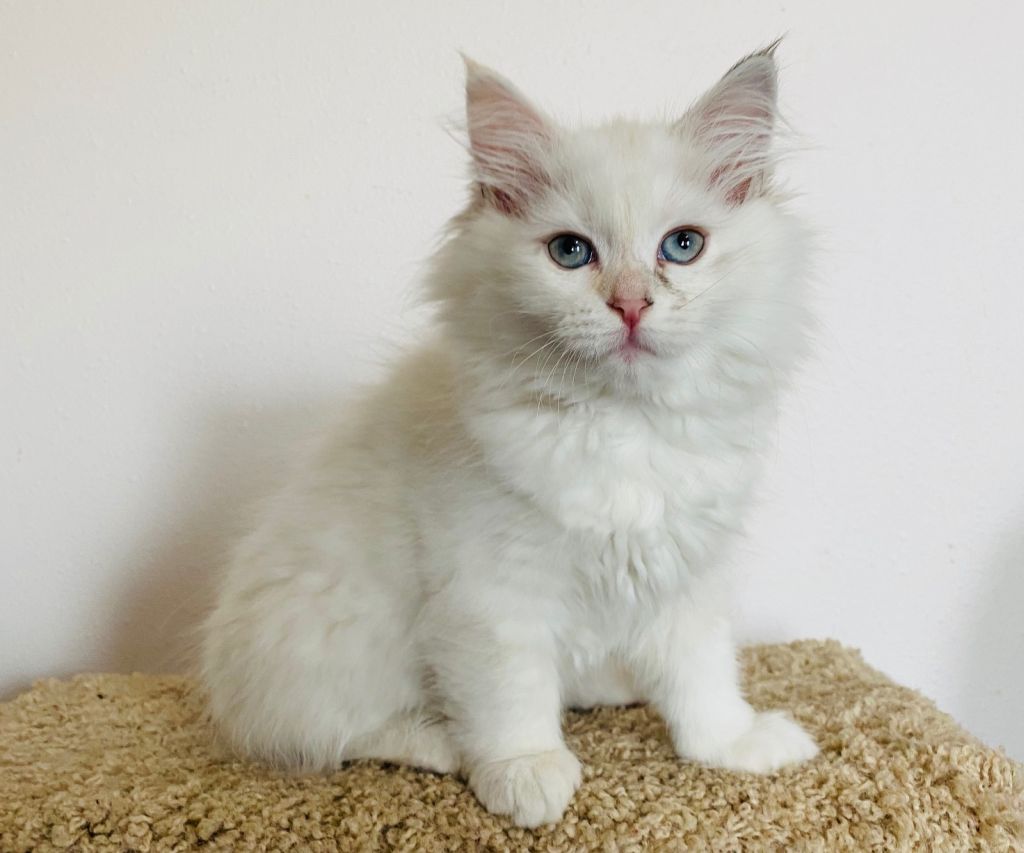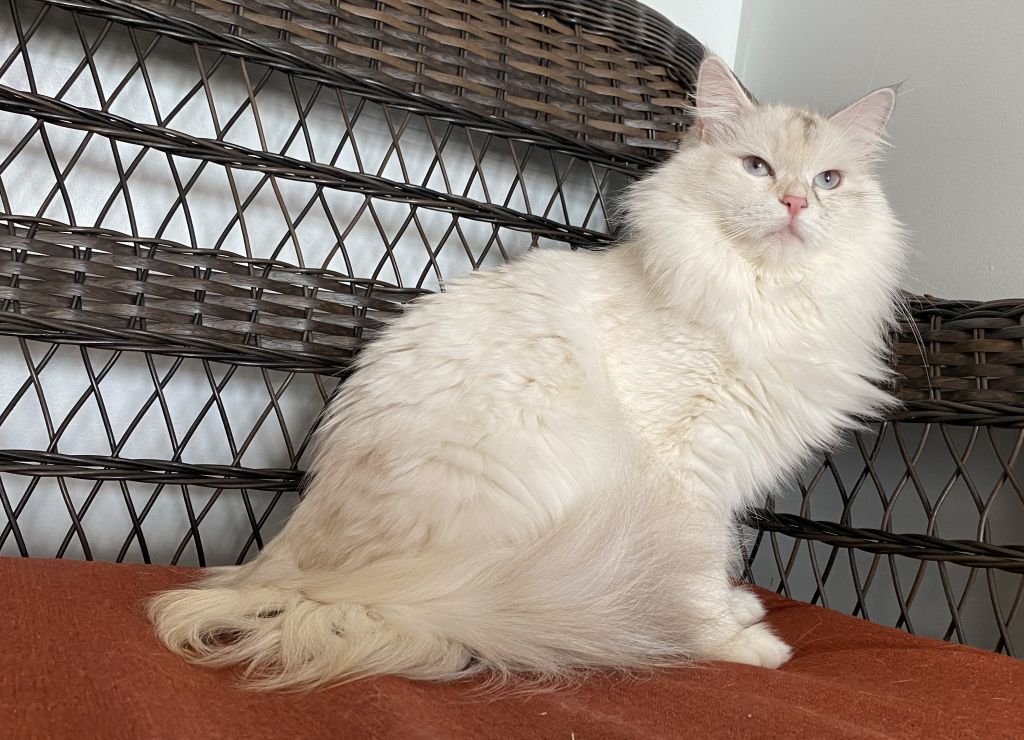
Silver and gold are newer to the Siberian color repertoire. There is lots of new research being done on what genes affect coat color for silver, gold and bimetallic.
Silver and Gold can appear on both the black and red base coat, as well as on torties. However, bimetallic will only appear on cats which have black as part of their base coat (black and torties).
Silver
Silver is caused by the wide-band gene as well as the inhibitor I gene. Inhibitor I will stop the production of pigment in the bottom of the hair follicle, causing a white, or silver, coloring.
The inhibitor I gene is a dominant gene, which means that if a parent is silver, your kitten has a high chance that it will also be silver.
Silver can exist with or without the tabby gene. When your kitten is silver with the tabby gene, you will have a silver tabby (base coat and modifier plus silver tabby). When the silver gene is inherited without the tabby gene (otherwise known as solid), a smoke will be produced
Silver Tabby
Black Silver Tabby
Black silver tabbies occur when the base coat is black, the kitten inherited the inhibitor I gene as well as the tabby gene. The tabby gene can be any of the tabby coat patterns.

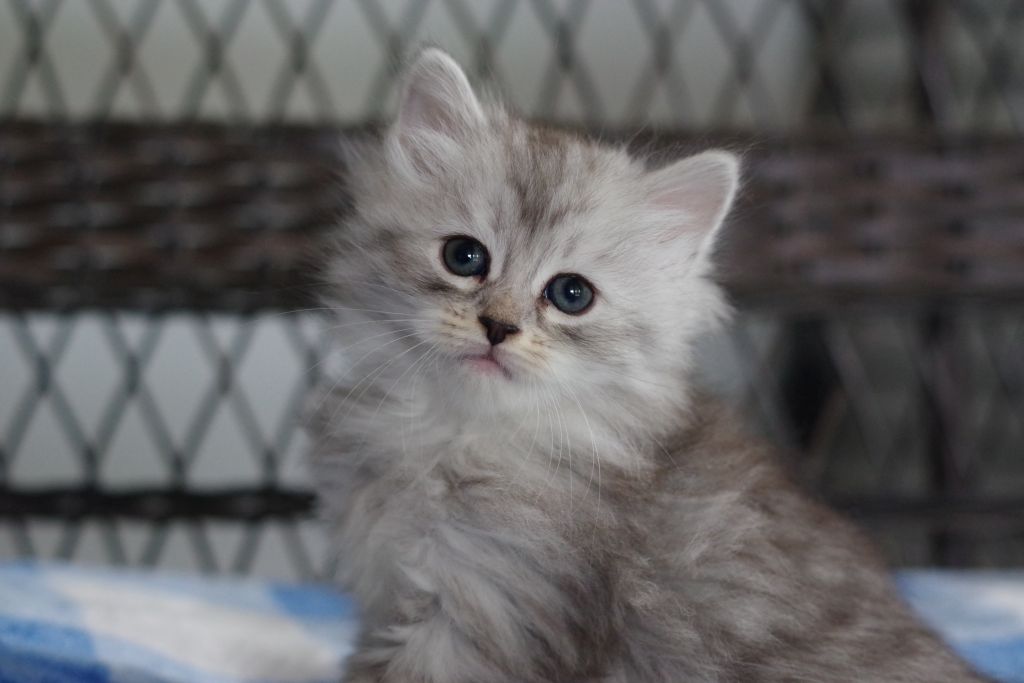
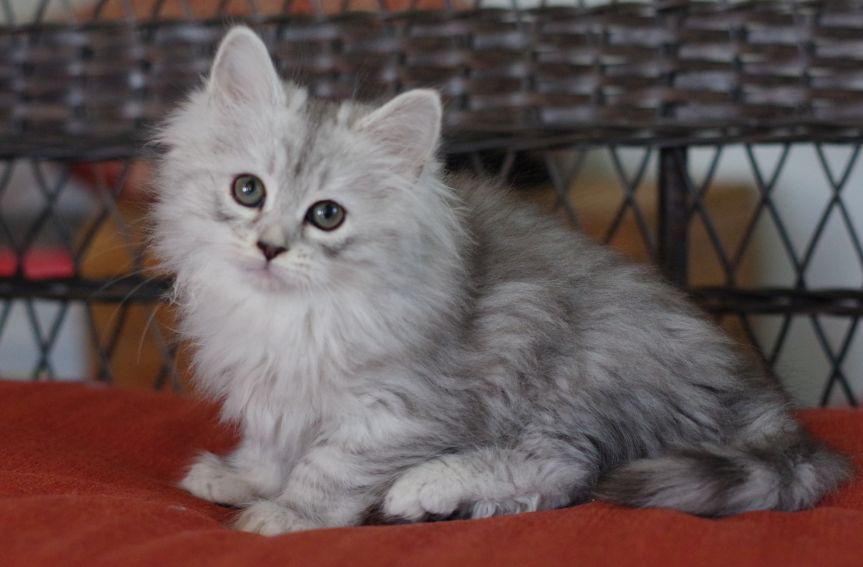
Black Silver Mackerel Tabby PawpPeds EMS Code: ns 23
Black Silver Classic Tabby PawPeds EMS: ns 22

Black Silver Spotted Tabby PawPeds EMS: ns 24
Black Silver Torbie (tortie with tabby)
Silver torbies are kittens which are tortie (red and black base) as well as the inhibitor I gene (silver) and tabby
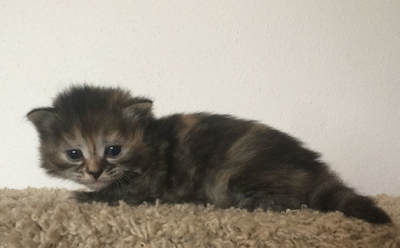

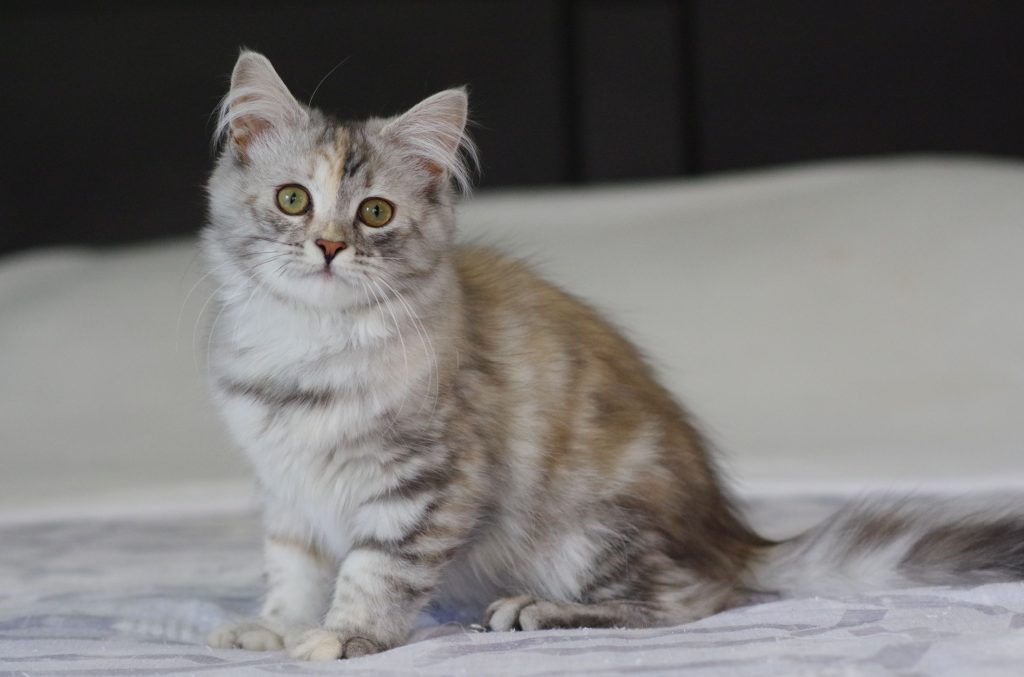
Black Silver Torbie with Classic pattern PawPeds EMS: fs 22
Black Silver Torbie with Mackerel pattern PawPeds EMS: fs 23
Black Silver Torbie with Spotted pattern PawPeds EMS: fs 24
Red Silver Tabby
Red silver tabbies are kittens which have the red base coat and have inherited the Inhibitor I gene as well as the tabby gene.
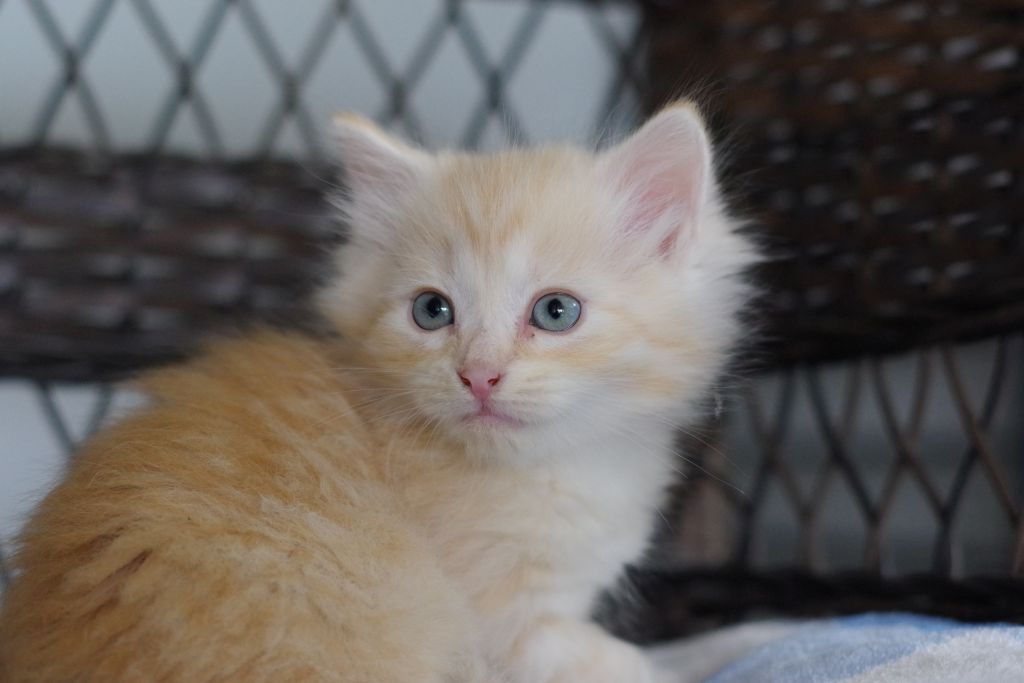
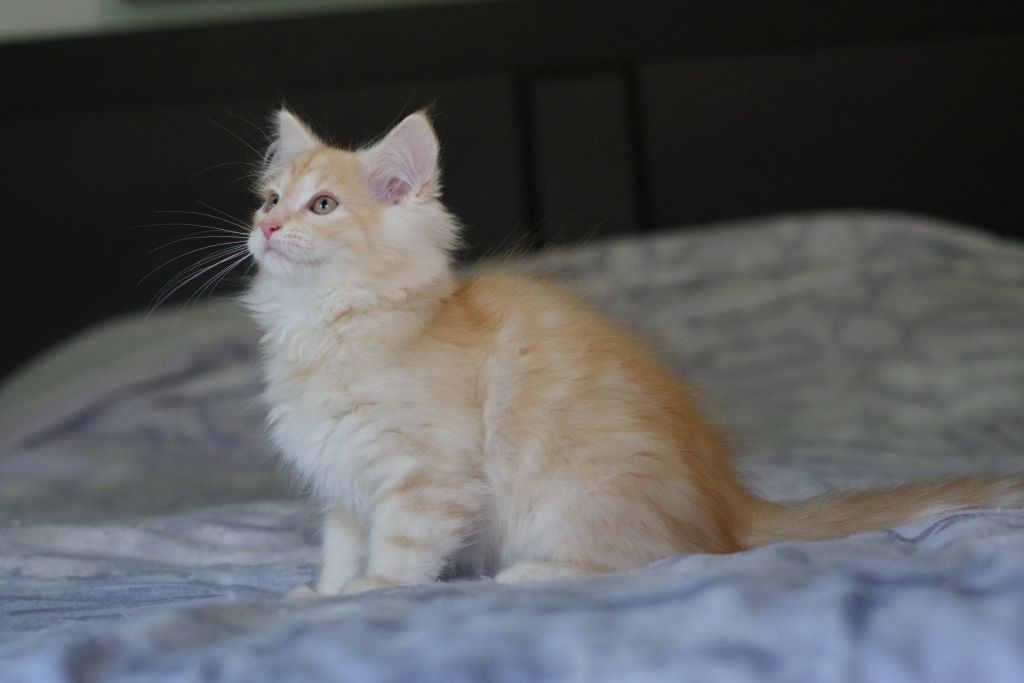

Red Silver with Mackerel pattern PawPeds EMS: ds 23
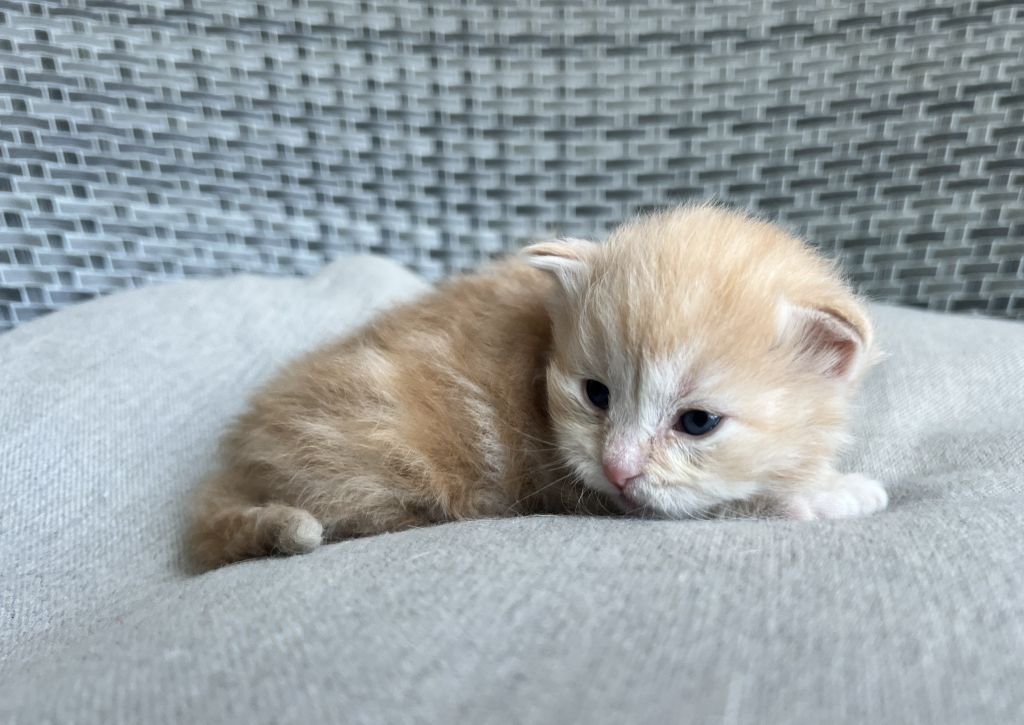


Red Silver with Classic pattern PawPeds EMS: ds 22
Red Silver with Spotted pattern PawPeds EMS: ds 24
Blue Silver Tabby
Blue silver tabbies occur when the base coat is black, the kitten inherited the inhibitor I gene as well as the tabby gene. Your kitten will also have the dilute gene, which changes their coat from black to blue (grey). The tabby gene can be any of the tabby coat patterns.
Blue Silver Classic Tabby PawpPeds EMS Code: bs 22
Blue Silver Mackerel Tabby PawPeds EMS: bs 23



Blue Silver Spotted Tabby PawPeds EMS: bs 24
Blue Silver Torbie (tortie with tabby)
Blue Silver torbies are kittens which are tortie (red and black base) and have the inhibitor I gene (silver), as well as dilute (black changes to blue; red changes to cream), and have a tabby pattern.
Blue Silver Torbie with Classic pattern PawPeds EMS: as 22
Blue Silver Torbie with Mackerel pattern PawPeds EMS: as 23
Blue Silver Torbie with Spotted pattern PawPeds EMS: as 24
Cream Silver Tabby
Cream silver tabbies are kittens which have the red base coat and have inherited the Inhibitor I gene as well as the tabby gene and the dilute gene (red changed to cream)
Cream Silver with Classic pattern PawPeds EMS: es 22
Cream Silver with Mackerel pattern PawPeds EMS: es 23
Cream Silver with Spotted pattern PawPeds EMS: es 24
Smoke
The smoke color is caused by the inhibitor I gene. This causes a lack of pigment in the bottom of the hair follicle, changing your kittens color from black to a white/silver color.
Smoke is caused when a kitten has the inhibitor I gene and also has the solid (self) gene. Smoke kittens can have either a high grade or low grade of smoke coloration. This is determined by what they inherited from their parents. A high grade smoke will have a genotype of II (two alleles of the inhibitor I gene). This means that a lot more of it’s black color will be inhibited, so your cat will appear much brighter than normal. A low grade smoke will have a genotype of Ii (only one allele of the I inhibitor). Your kitten will be smoke, but may not appear as silver/white.
Black Smoke
Black smokes will occur when your kitten has the black base color, and inherited both the inhibitor I gene and solid.
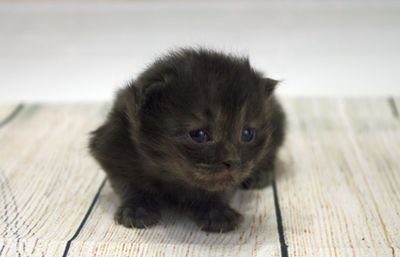

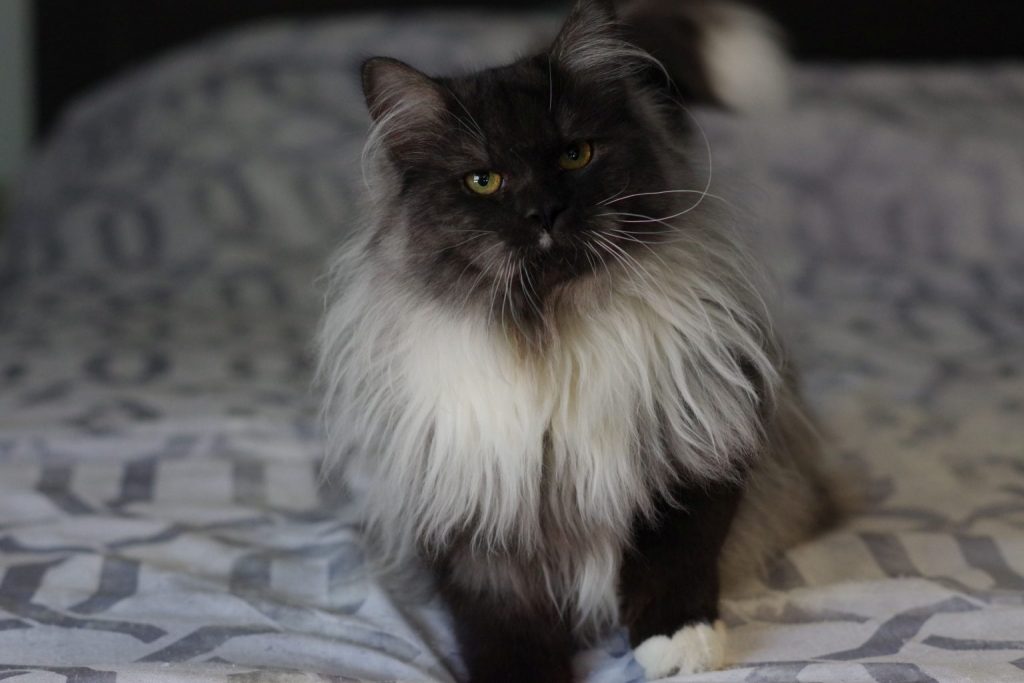
Black Smoke PawPeds EMS: ns
Black Tortie Smoke
A black tortie smokes will occur when your kitten has both the red and black base color, and inherited both the inhibitor I gene and solid.
Black Tortie Smoke PawPeds EMS: es
Red Smoke
Red smokes will occur when your kitten has the red base color, and inherited both the inhibitor I gene and solid.
Red Smoke PawPeds EMS: ds
Blue Smoke
Blue smokes will occur when your kitten has the, black base color, and inherited the inhibitor I gene, dilute (changes black to blu) and solid.
Blue Smoke PawPeds EMS: as
Blue Tortie Smoke
A blue tortie smokes will occur when your kitten has both the red and black base color, and inherited the inhibitor I gene, dilute (changes black to blue and red to cream) as well as solid.
Blue Tortie Smoke PawPeds EMS: gs
Cream Smoke
A cream smoke will occur when your kitten has the red base color, and inherited the inhibitor I gene, dilute gene (changes red to cream) and solid.
Crean solids can be quite difficult to identify because of how light the cream color is naturally. Smoke causes the base of the hair follicle to lighten, as well, so it can be difficult to see a difference between the hair colors.
Cream Smoke PawPeds EMS: es
Gold
The gold color in a siberians coat is caused by the wide-band trait in the tabby markings of your cat, but without the Inhibitor I gene. The gold gene will only appear on a cat that has a black or tortie base coat color.
To produce a golden kitten, your cat must have received the CORIN gene. This is a recessive gene, which means that the parents don’t have to be gold to produce a golden kitten.
Unlike Silver, you cannot produce a gold smoke. This is because CORIN (which produces gold) relies on the tabby markings in the cats coat. To produce a smoke pattern, you must have a solid base, not tabby.
Black Gold
Black gold means that the base coat color is black, with the gold gene, as well as a tabby marking
Black Golden Classic Tabby PawPeds EMS: ny 22
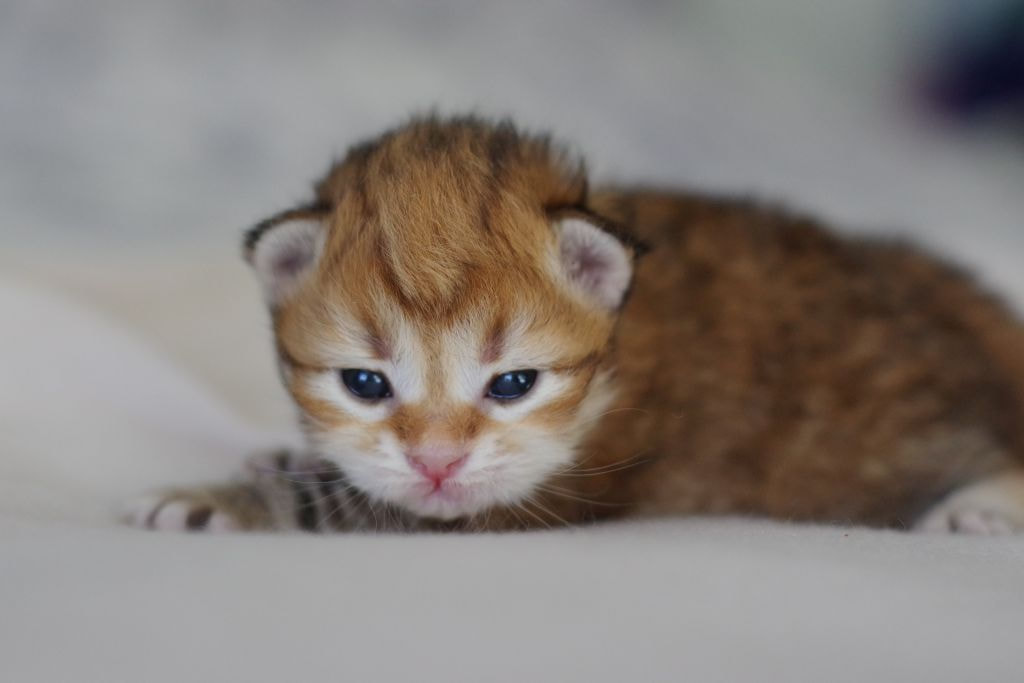
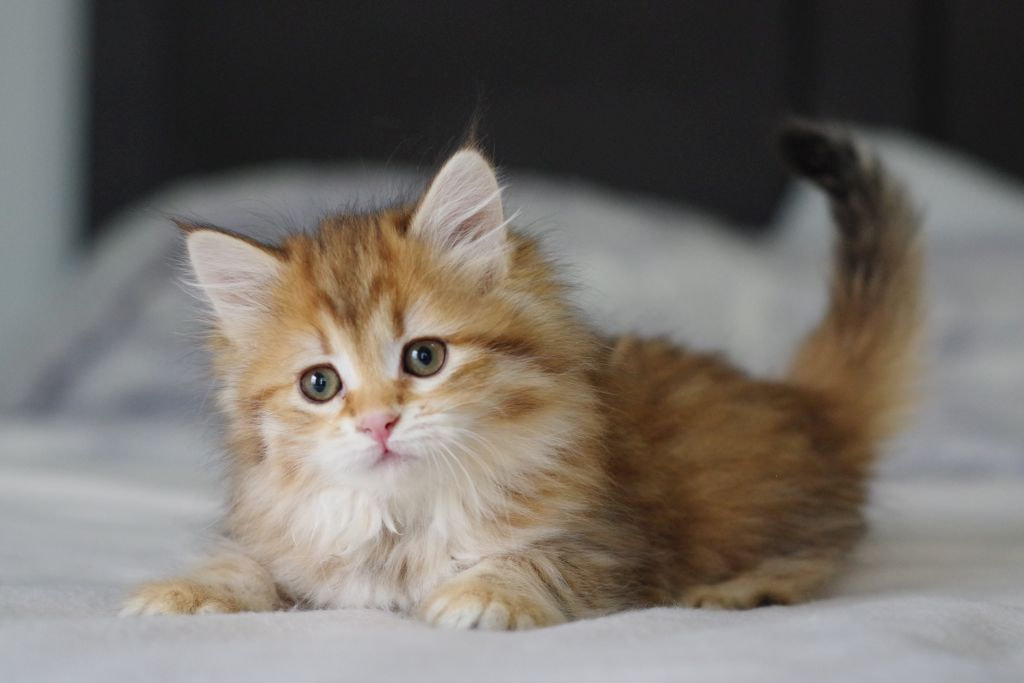

Black Golden Mackerel Tabby PawPeds EMS: ny 23

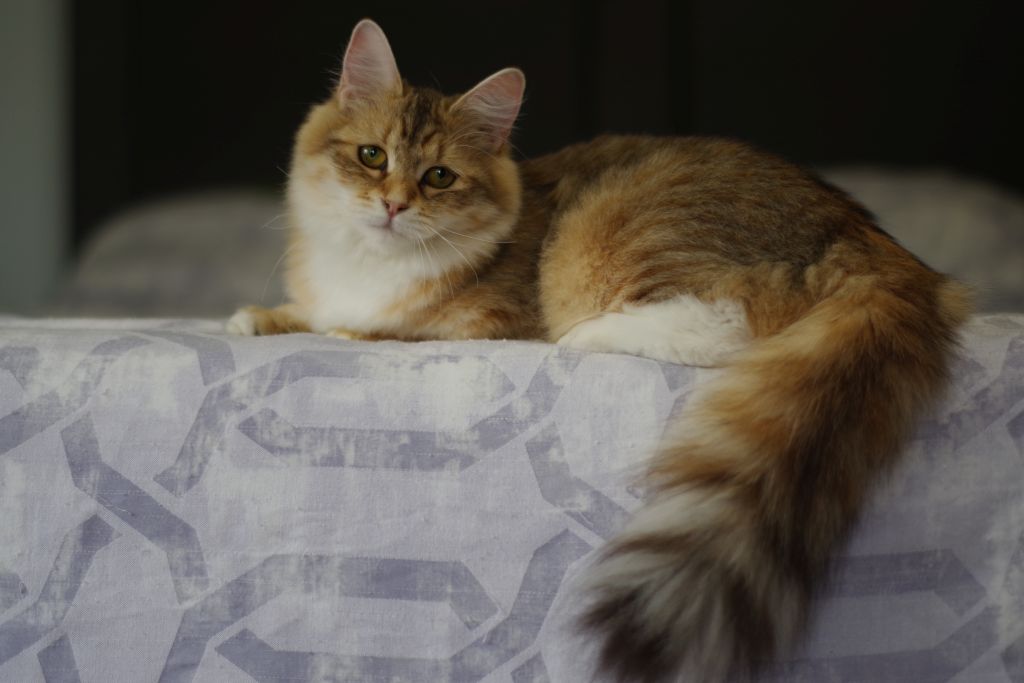

Black Golden Spotted Tabby PawPeds EMS: ny 24
Black Golden Tortie
A black golden tortie is a tortie cat (both red and black base coat) with the golden gene.
Your kitten will appear with the typical golden color, with splotches of red coat.

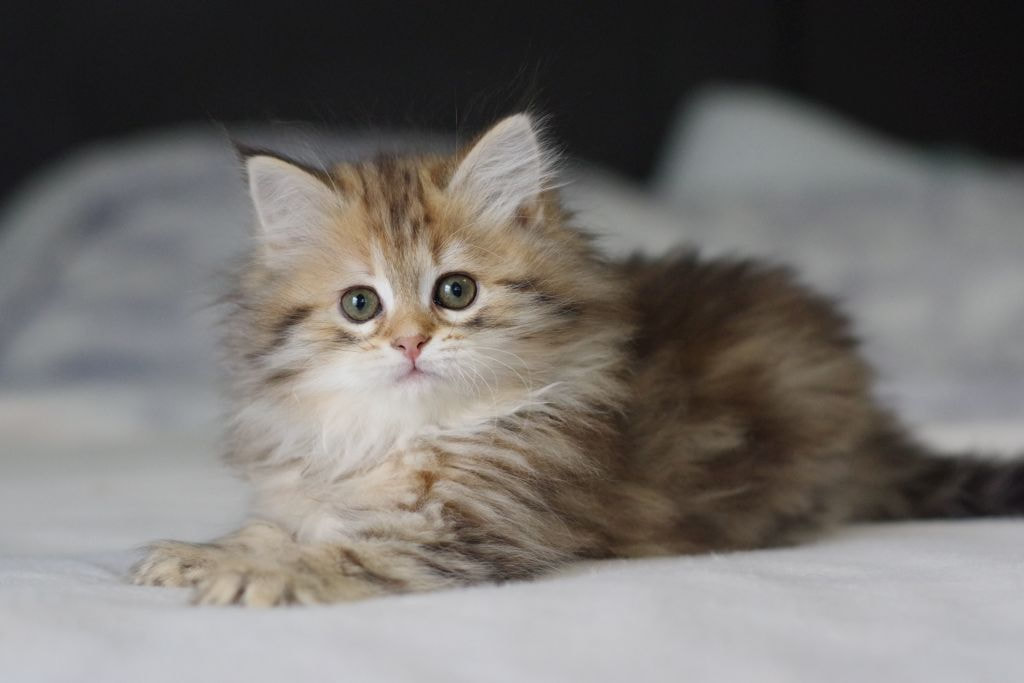

Black Golden Tortie Classic Tabby PawPeds EMS: fy 22

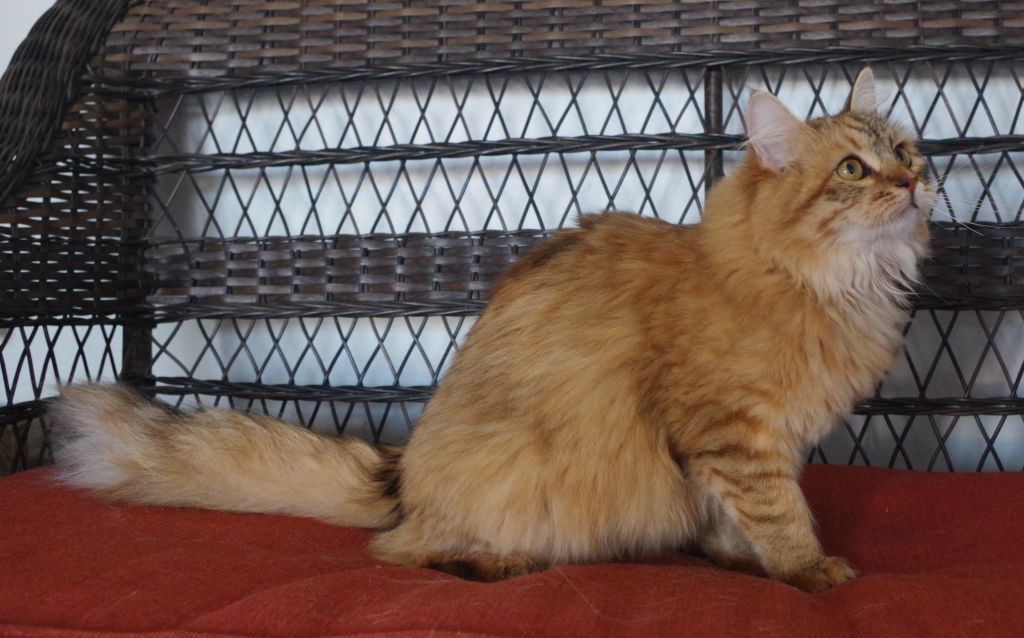

Black Golden Tortie Mackerel Tabby PawPeds EMS: fy 23
Black Golden Tortie Spotted Tabby PawPeds EMS: fy 24
Red Gold
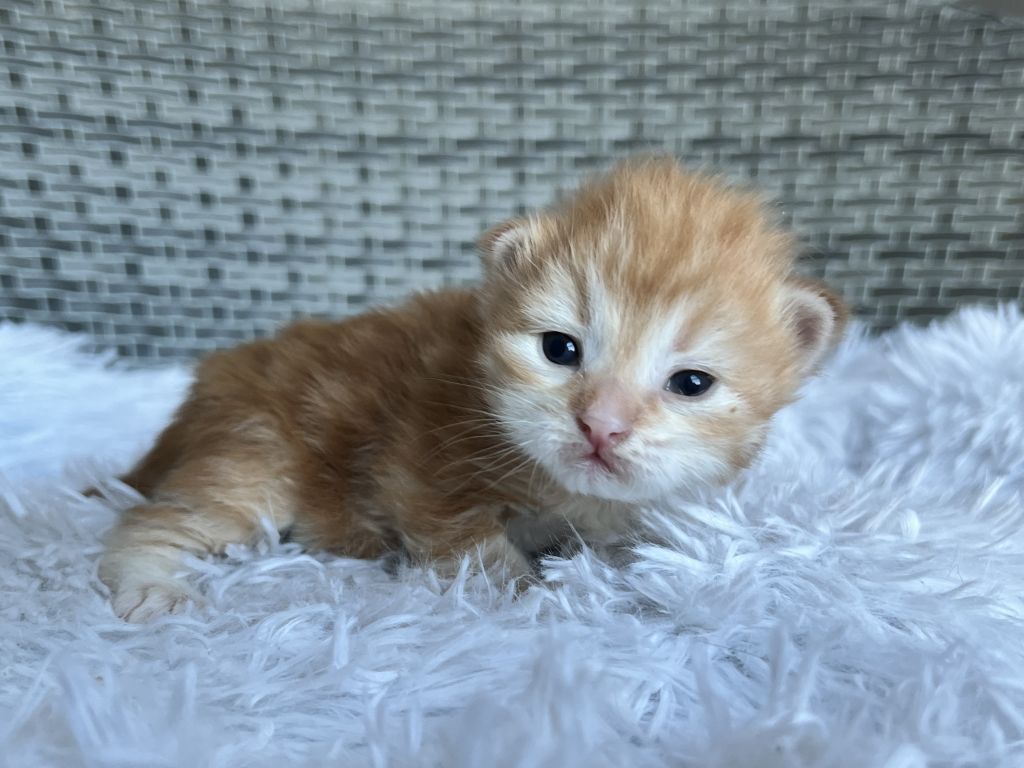
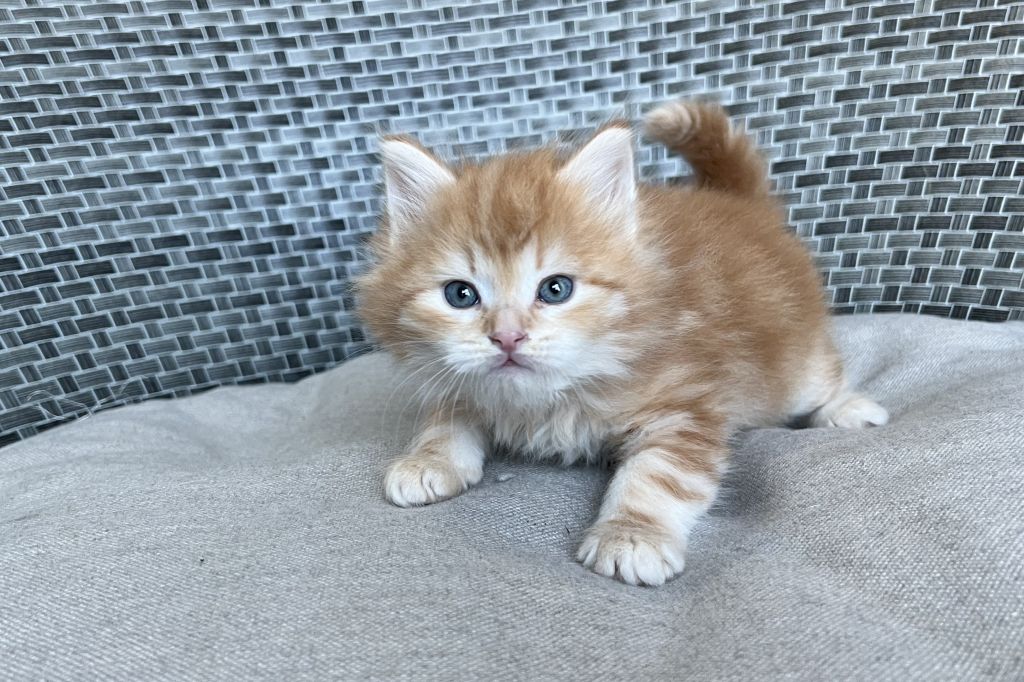

Red Gold Classic Tabby PawPeds EMS: dy 22
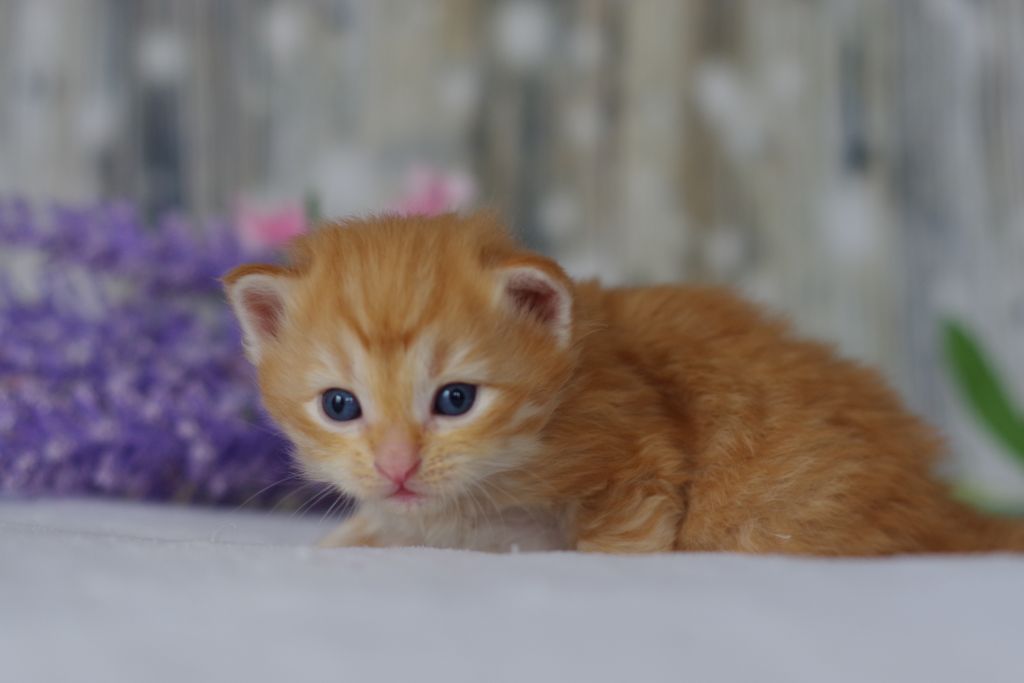


Red Gold Mackerel Tabby PawPeds EMS: dy 23
Red Gold Spotted Tabby PawPeds EMS: dy 24
Blue Gold
A blue gold is a cat which has the black base coat, along with the gold gene and the dilute gene.
Your kitten will appear with lighter tabby markings along with the golden hues.
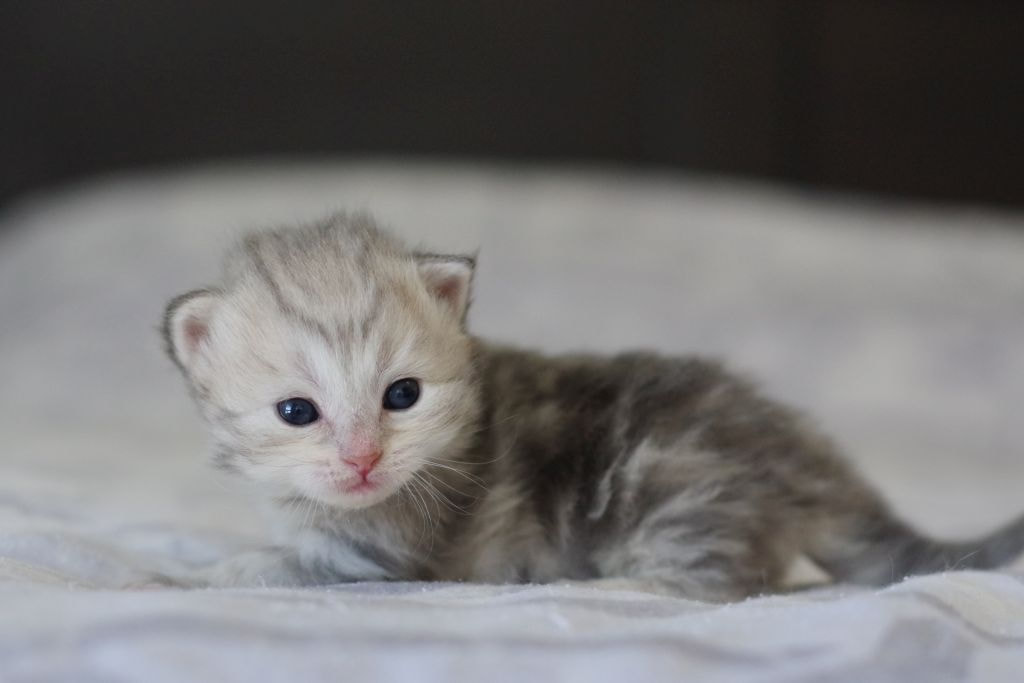
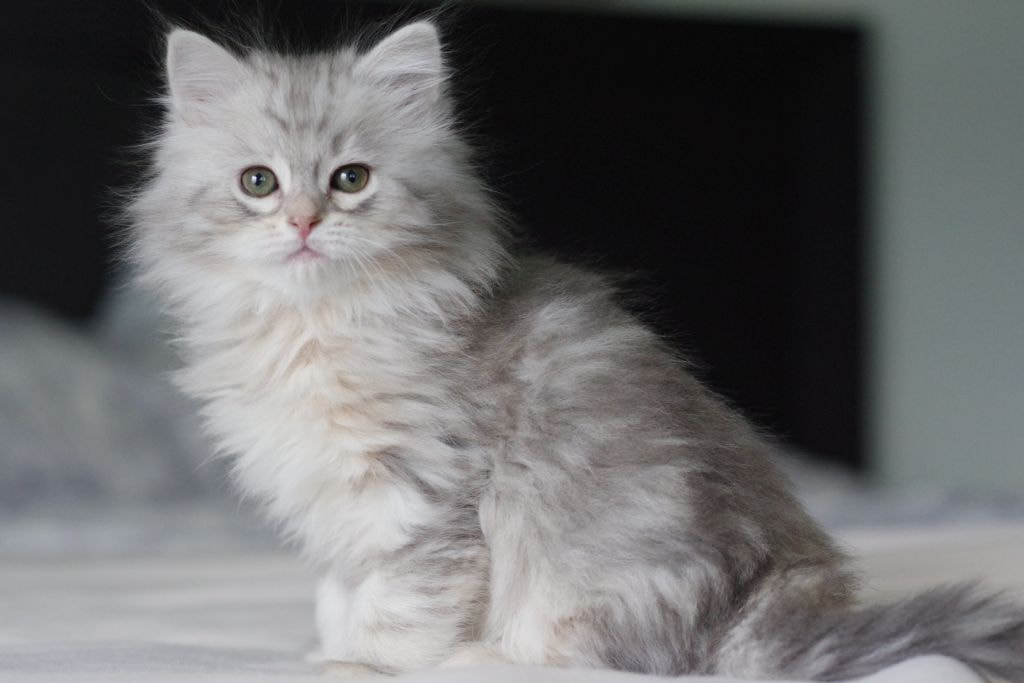

Blue Golden Classic Tabby PawPeds EMS: ay 22



Blue Golden Mackerel Tabby PawPeds EMS: ay 23
Blue Golden Spotted Tabby PawPeds EMS: ay 24
Blue Golden Tortie
A blue golden tortie is a tortie cat (both red and black base coat) with the golden gene as well as the dilute gene. This means that your kitten will appear blue (grey) and cream (light orange).
Your kitten will appear typical gold, with the tabby markings being blue (grey) with cream splotches.
Blue Golden Tortie Classic Tabby PawPeds EMS: gy 22
Blue Golden Tortie Mackerel Tabby PawPeds EMS: gy 23
Blue Golden Tortie Spotted Tabby PawPeds EMS: gy 24
Gold Cream
Gold Cream Classic Tabby PawPeds EMS: ey 22
Gold Cream Mackerel Tabby PawPeds EMS: ey 23
Gold Cream Spotted Tabby PawPeds EMS: ey 24
Bimetallic
Bimetallic is a newly identified color in Siberians.
Bimetallic can only be found in cats with a black base color. Bimetallic is when both silver and gold appear on the same hair follicle.
Black Bimetallic (sunshine)
A black bimetallic is a cat which has the black base coat color, with both gold and silver being expressed.
A black bimetallic kitten will have gold along the stomach and chest and silver as the undercoat. The tip of the tail will be black, while the face is typically silver with small amounts of gold.
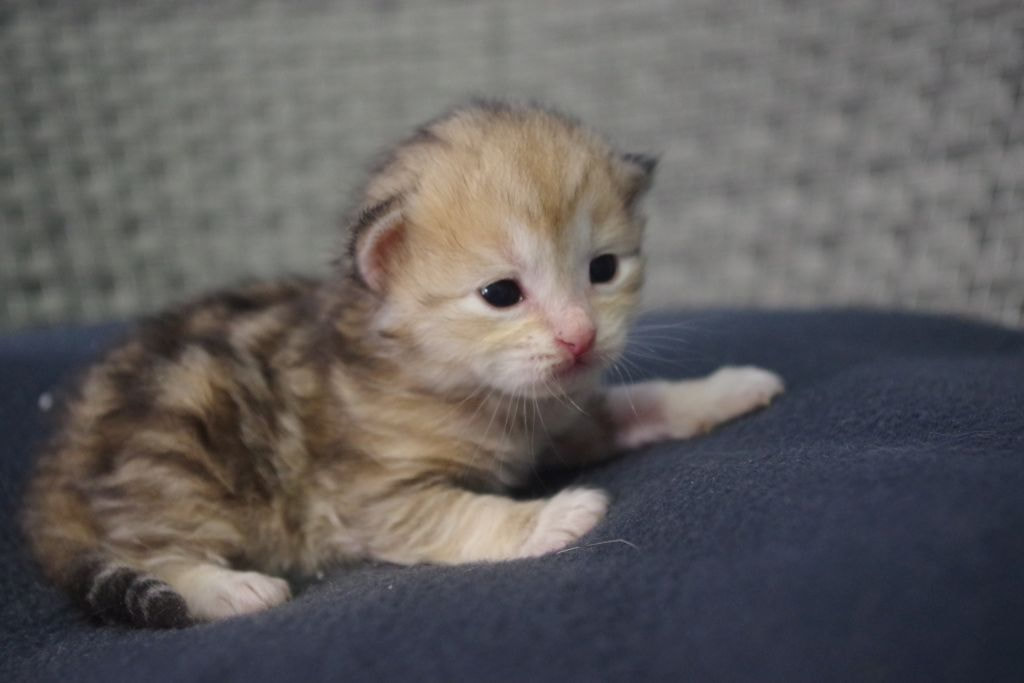

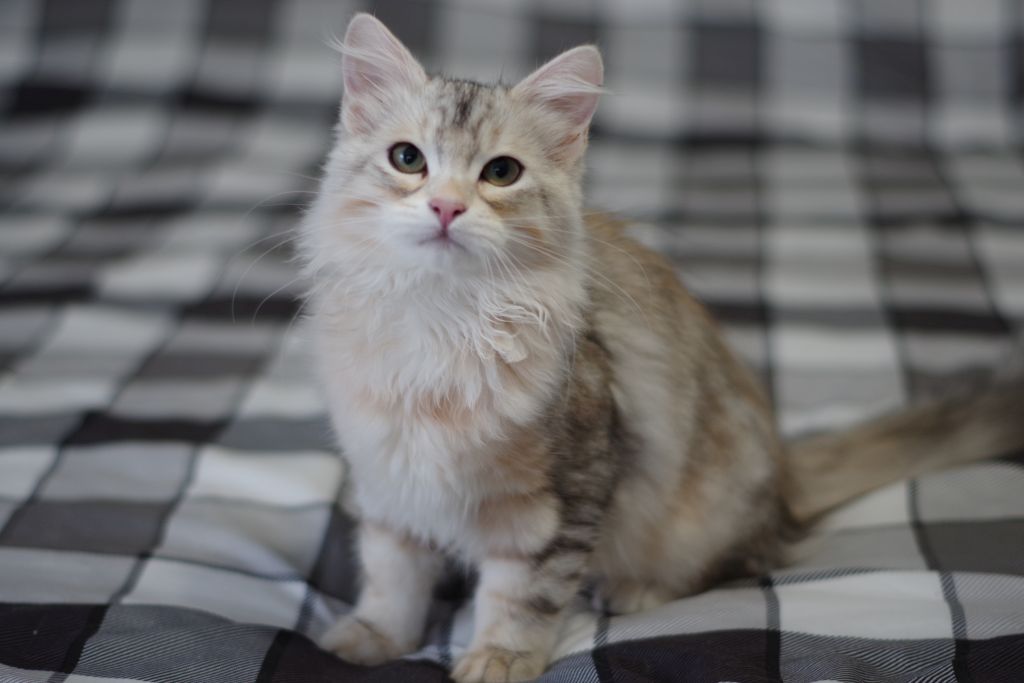
Black Bimetallic Classic Tabby PawPeds EMS: nus 22



Black Bimetallic Mackerel Tabby PawPeds EMS: nus 23
Black Bimetallic Spotted Tabby PawPeds EMS: nus 24
Black Tortie Bimetallic (sunshine)
While Bimetallic cannot exist on the red base coat, because a tortie has both black and red base, a female kitten can also be bimetallic
A black tortie bimetallic will appear like a black bimetallic, as well as with splotches of red throughout the coat.
Your kitten will have golden belly, legs and chest. They will also have silver along their back, legs and tail. The tabby markings your kitten will have will appear black and silver



Black Tortie Bimetallic Classic Tabby PawPeds EMS: fus 22

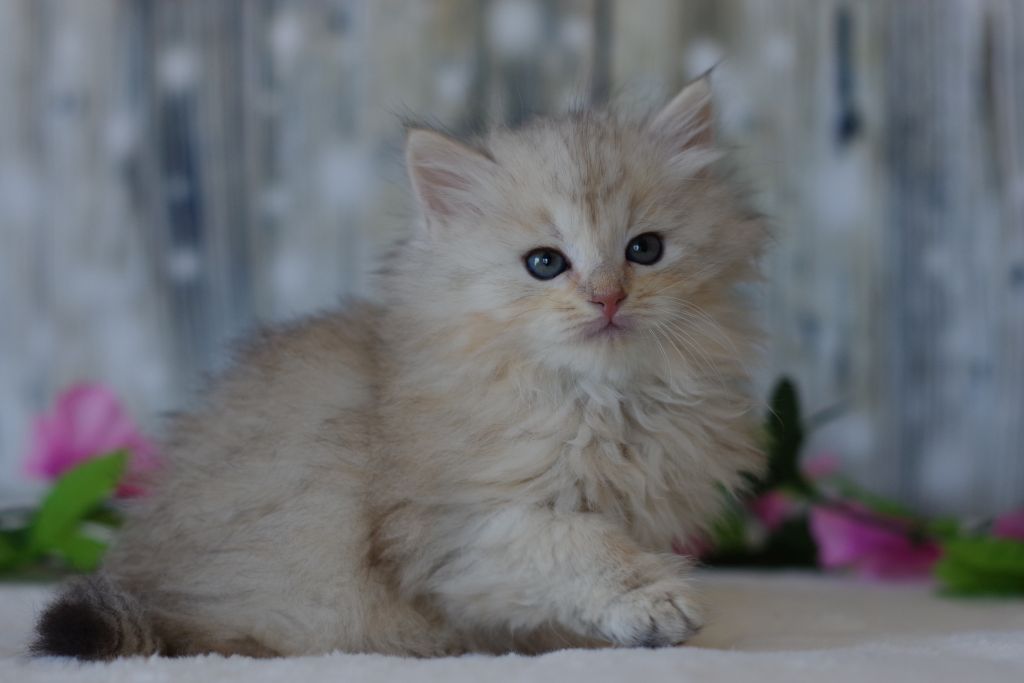

Black Tortie Bimetallic Mackerel Tabby PawPeds EMS: fus 23
Black Tortie Bimetallic Spotted Tabby PawPeds EMS: fus 24
Blue Bimetallic (sunshine)
A blue bimetallic is a cat which has the black base coat color, with both gold and silver being expressed, as well as dilute.
Your kitten will have gold along the belly, chest and legs. They will have silver along their back, legs and tail. The tabby markings your kitten will have will appear blue and silver.
Typically, blue bimetallics will have much lighter coloring due to the dilute gene which affects the contrast in the coat color.
Blue Bimetallic Classic Tabby PawPeds EMS: aus 22



Blue Bimetallic Mackerel Tabby PawPeds EMS: aus 23
Blue Bimetallic Spotted Tabby PawPeds EMS: aus 24
Blue Tortie Bimetallic (sunshine)
While Bimetallic cannot exist on the red base coat, because a tortie has both black and red base, a female kitten can also be bimetallic.
A blue tortie bimetallic will appear like a blue bimetallic, and will have splotches of cream throughout the coat.
Your kitten will have golden belly, legs and chest. They will also have silver along their back, legs and tail. The tabby markings your kitten will have will appear blue and silver.
Blue Tortie Bimetallic Classic Tabby PawPeds EMS: gus 22
Blue Tortie Bimetallic Mackerel Tabby PawPeds EMS: gus 23
Blue Tortie Bimetallic Spotted Tabby PawPeds EMS: gus 24
Point (NEVA)
The NEVA gene is a recessive gene, which means that the kittens parents do not need to be NEVA to produce NEVA kittens.
Pointed kittens will appear white, except for their ears, legs and tail. Temperature can affect the cat’s white coat. So as they age, it’s not uncommon for their white coat bodies to get darker. If they are clipped down, if their environment is warm, their coats will stay white, if their environment is cold, their coat will come back dark.
Silver Neva
Seal Silver (smoke) Point
Seal Silver Lynx Point


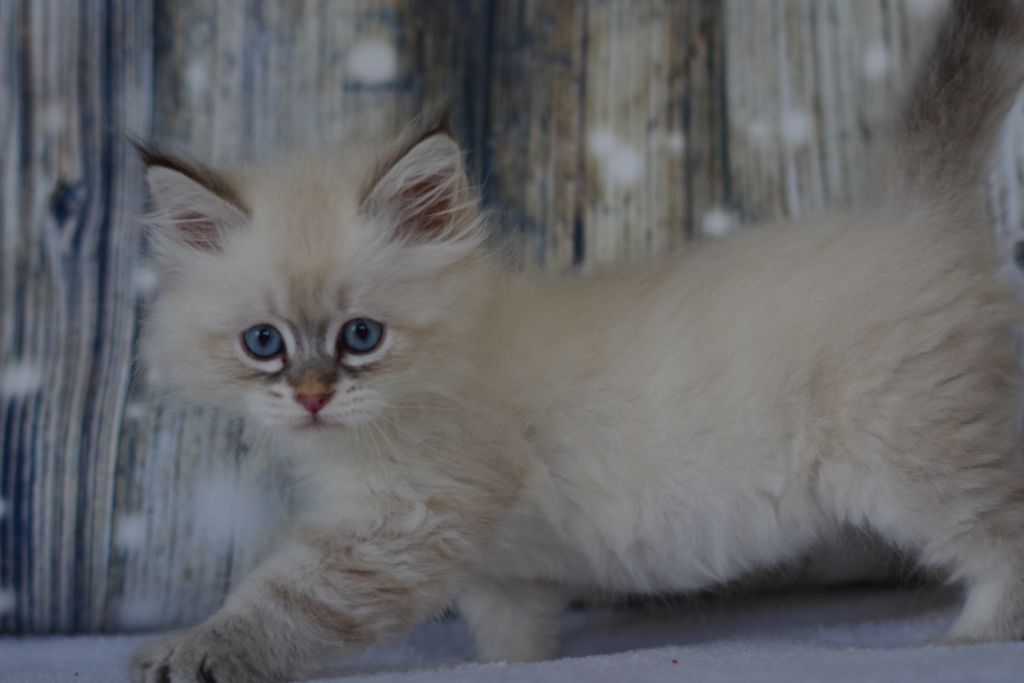
Seal Silver Lynx Point PawPeds EMS: ns 21 33
Silver Tortie (smoke) Point
Torbie Silver Lynx Point
Torbie Silver Lynx Point PawPeds EMS: fs 21 33
Red Silver (smoke) Point
Red Silver Lynx Point



Red Silver Lynx Point PawPeds EMS: ds 21 33
Blue Silver Lynx Point
Blue Silver Lynx Point PawPeds EMS: as 21 33
Blue Torbie Silver Lynx Point



Blue Torbie Silver Lynx Point PawPeds EMS: gs 21 33
Cream Silver Lynx Point
Cream Silver Lynx Point PawPeds EMS: es 21 33
Gold Neva
Seal Gold Lynx Point
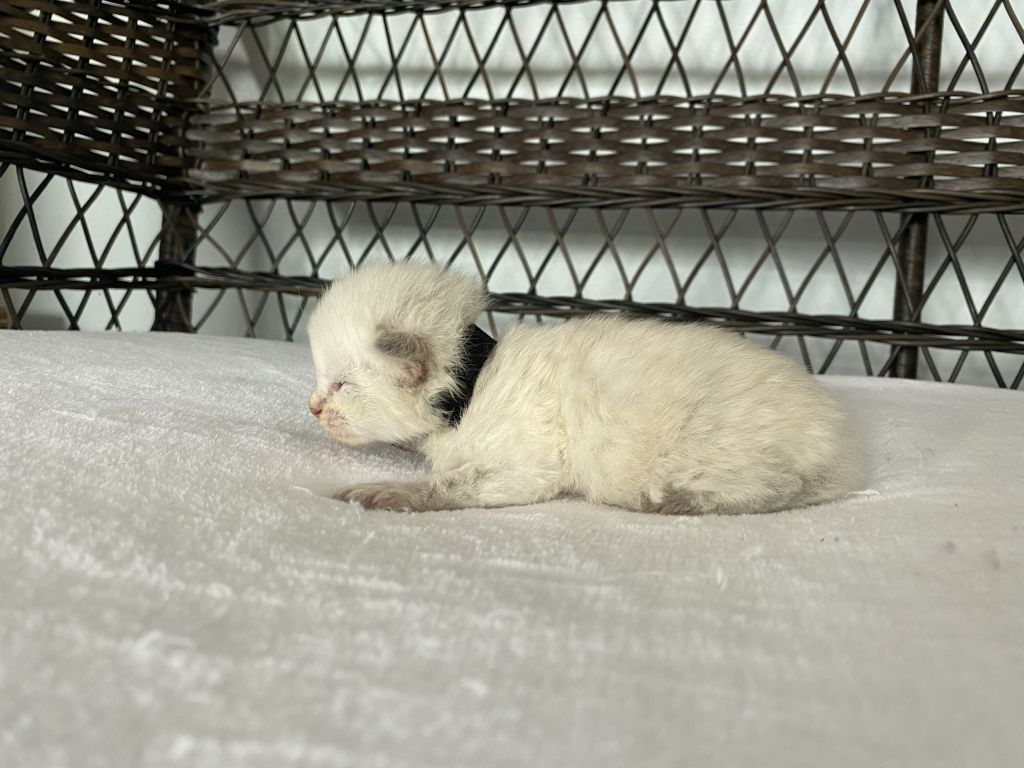
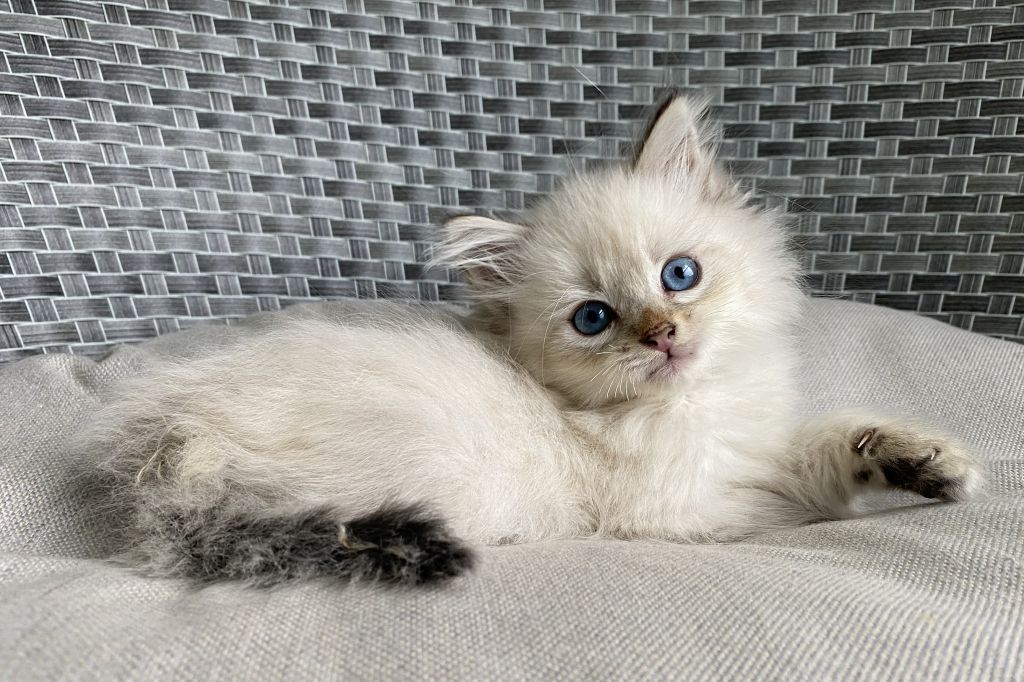

Seal Gold Lynx Point PawPeds EMS: ny 21 33
Torbie Gold Lynx Point
Torbie Gold Lynx Point PawPeds EMS: fy 33
Torbie Gold Lynx Point
Torbie Gold Lynx Point PawPeds EMS: fy 21 33
Flame Gold Point
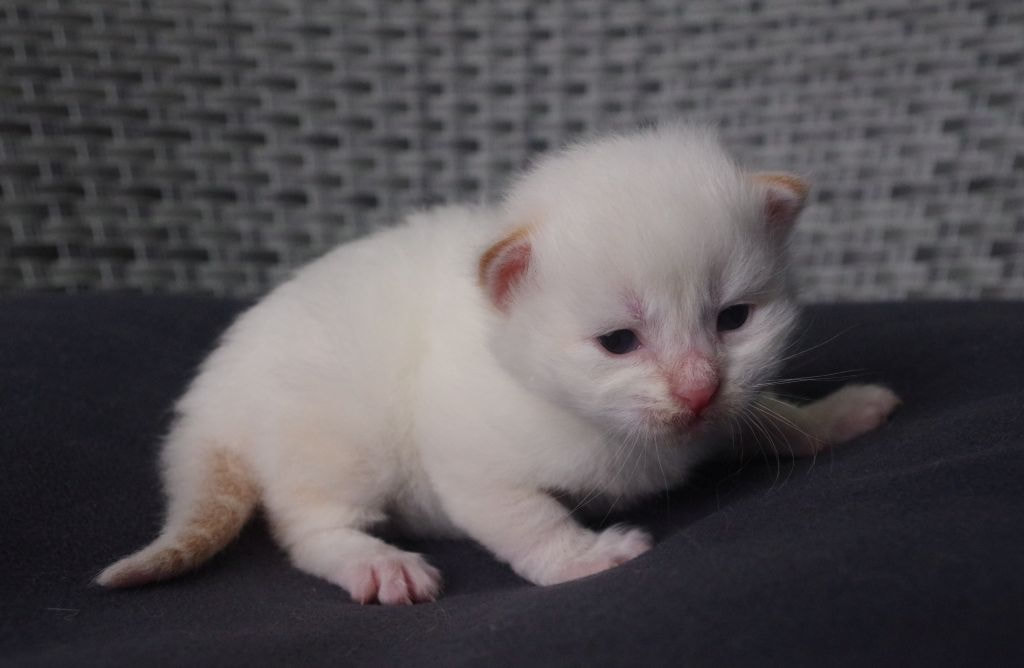


Flame Gold Point PawPeds EMS: dy 33
Flame Gold Lynx Point
Flame Gold Lynx Point PawPeds EMS: dy 21 33
Blue Gold Point
Blue Gold Point PawPeds EMS: ay 33
Blue Gold Lynx Point
Blue Gold Lynx Point PawPeds EMS: ay 21 33
Blue Gold Lynx Point
Blue Torbie Gold Lynx Point PawPeds EMS: gy 21 33
Cream Gold Point
Cream Gold Point PawPeds EMS: ey 33
Cream Gold Lynx Point
Cream Gold Lynx Point PawPeds EMS: ey 21 33
Bimetallic Neva
Seal Bimetallic Lynx Point
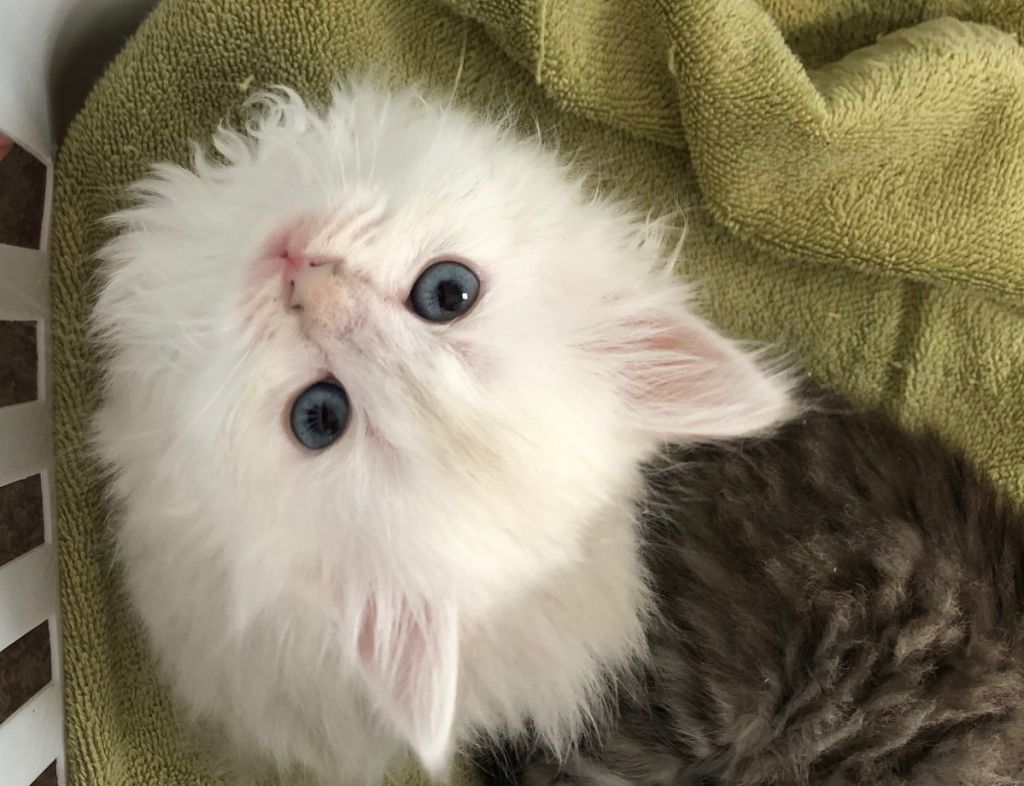


Seal Bimetallic Lynx Point PawPeds EMS: nu 21 33
Torbie Bimetallic Lynx Point

